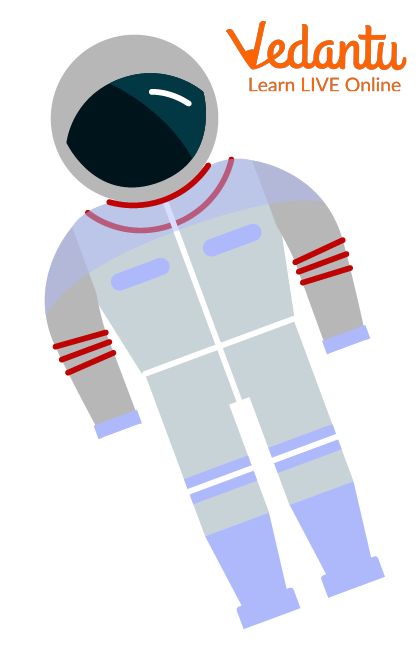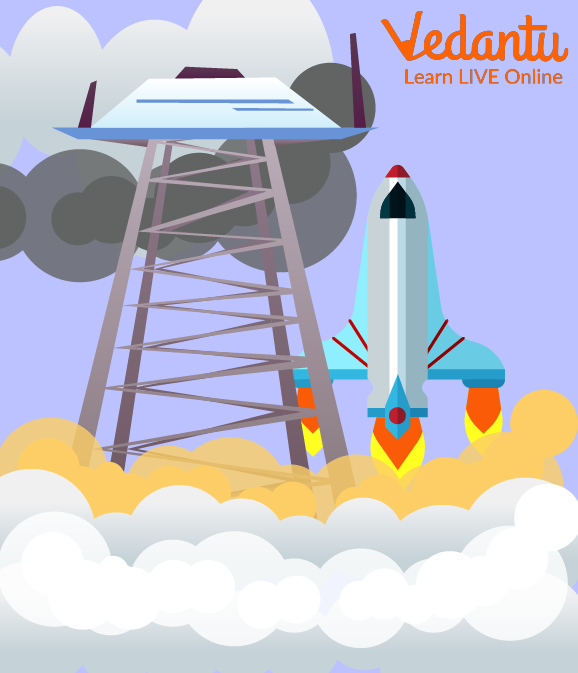




Information on Space Exploration Timelines
Through space investigation, people have taken in an extraordinary arrangement of the planets, stars, and different things in space. More than 5,000 spacecraft have been sent off into space to get data starting around 1957. The rockets from different nations, with astronauts on board, space tests, and satellites were sent.
Many famous scientists like Sir Isaac Newton and Galileo Galilei started exploring from Earth about space during the 16th century. Although, the very first space exploration from earth dates back to the 15th century. Now, let's directly dive into space timelines!
History of the Space Age
Let’s now have a look at the history of space exploration and the timeline
1543 - Nicolaus Copernicus distributed found that the Earth and the planets orbited the Sun.
1609 - Galileo utilized the telescope to see the stars and planets.
1668 - Isaac Newton created the primary reflecting telescope.
1686 - Isaac Newton distributed the Mathematical Principles of Natural Philosophy.
January 2, 1959 - First spacecraft Lunar flyby achieved a heliocentric orbit.
April 12, 1961 - Humans entered space.
October 7, 1959 - Far side picture of the moon.
Astronauts
Astronauts go through a careful preparation program. They concentrate on math and science in study halls. They figure out how to work their spacecraft by utilizing PC-controlled test systems. These gadgets present space explorers with conditions that they will later insight into during real flights. Astronauts likewise should work on their physical wellness. They make special trips on planes to become used to the sensation of weightlessness.

Astronaut
Race into Space
In the 1900s scientists created rockets that could travel quickly enough to get away from the power called gravity. Gravity is a power on Earth that pulls objects toward the centre of the planet.
The improvement of strong rockets permitted the Soviet Union to send off the first artificial satellite on October 4, 1957.
It was called Sputnik 1, and it orbited around Earth. On November 3, 1957, the Soviet Union sent a dog into space.
On April 12, 1961, the Russian cosmonaut Yury Gagarin became the first human to circle Earth in space. In 1963 Valentina Tereshkova became the first lady in space.
The National Aeronautics and Space Administration (NASA) got responsibility for the U.S. exertion. The first U.S. satellite was sent off on January 31, 1958.
On May 5, 1961, space astronauts Alan B. Shepard, Jr., turned into the main American to enter space. Shepard flew for just 15 minutes and didn't finish a circle around Earth. On February 20, 1962, John H. Glenn, Jr., finished three circles around Earth.
On July 20, 1969, space traveller Neil Armstrong was the first human to stroll on the Moon.
In 1965 Space Science And Technology Centre was established in Thumba, Kerala in India.
In 1971 Satish Dhawan Space Centre was established in Andhra Pradesh, India.
Mangalyaan was launched by India on November 5, 2013.
Chandrayaan was launched by India on 22 October 2008.

Spacecraft
Space Shuttles
Let’s gather more information about space shuttles
In 1981 the United States sent off Columbia, the main reusable spacecraft, called a space transport. The principal segment had wings and was known as the orbiter. Joined to the orbiter were rockets, gas tanks, and oxygen tanks. When their fuel was spent, the boosters fell into the sea, where they could be recovered.
Astronaut Sally Ride turned into the main U.S. lady in space on June 18, 1983, in a shuttle named Challenger.
On 24 April 1990, a shuttle named Discovery was sent off to space to deploy the Hubble telescope.
On September 20, 1993, the Indian Space Research Organisation (ISRO) launched the first indigenous space shuttle, The Polar Satellite Launch Vehicles (PSLV) and
On April 18, 2001, the Indian Space Research Organisation (ISRO) also launched another space shuttle, the Geosynchronous Satellite Launch Vehicle (GSLV).
On 18 December 2014 LVM3-X was launched.
On 5 June 2017 Mk III was launched.
Summary
In this article, we have learned about Space exploration, which is the discovery and exploration of celestial structures in outer space employing unmanned or manned space flight. The history of space exploration includes many notable events. From this article we also learned about some interesting space exploration facts and space timelines, We have also discussed space and launches made for space and also about the scientists exploring from Earth. In case of more doubts feel free to ask in the comments.
FAQs on Let’s Look into Space Exploration Timelines
1. What is space exploration in simple words?
Space exploration is the use of astronomy and space technology to travel into outer space and study the objects we find there, such as planets, moons, and stars. It is a human endeavour to understand the universe beyond our home, Earth, using spacecraft, telescopes, and astronauts.
2. What is a satellite, and what was the first one called?
A satellite is an object that orbits (or circles) a larger object in space. The Moon is a natural satellite of Earth. However, an artificial satellite is a machine built and launched by humans. The very first artificial satellite was named Sputnik 1, which was launched in 1957 and marked the beginning of the Space Age.
3. Who was the first person to go into space?
The first human to journey into outer space was Yuri Gagarin, a Soviet cosmonaut. He achieved this historic feat on April 12, 1961, when he orbited the Earth in his Vostok spacecraft. This event proved that humans could survive in space.
4. Why was walking on the Moon so important in the history of space exploration?
Walking on the Moon was a monumental achievement because it was the first time humans had ever set foot on another celestial body. The Apollo 11 mission in 1969, with Neil Armstrong's first steps, demonstrated the incredible potential of science and technology. It pushed the boundaries of human exploration and inspired generations to dream about the possibilities of space travel.
5. How does India contribute to space exploration?
India is a major player in space exploration through its agency, ISRO (Indian Space Research Organisation). Its key contributions include:
- Chandrayaan Missions: A series of missions to explore the Moon, which famously helped discover water molecules on the lunar surface.
- Mangalyaan (Mars Orbiter Mission): ISRO became the fourth space agency in the world to reach Mars and the first to do so on its first attempt.
- Powerful Rockets: The development of reliable launch vehicles like the PSLV and GSLV allows India to launch its own satellites and satellites for other nations.
6. When we look at the stars, are we really looking into the past?
Yes, absolutely. Light, while incredibly fast, takes time to travel across the vast distances of space. The starlight we see at night has travelled for many years to reach our eyes. For example, the light from the closest star system takes over four years to reach us. This means we see the star not as it is right now, but as it was four years ago. Looking at distant galaxies is like looking billions of years back in time.
7. What is the difference between a rocket and a space shuttle?
The main difference lies in reusability. A rocket is typically a single-use vehicle designed to provide the powerful thrust needed to launch a payload, like a satellite or capsule, into space. A space shuttle, on the other hand, was a reusable spacecraft system. It could take off vertically like a rocket, function as a spacecraft in orbit, and then land on a runway like an aeroplane, allowing it to be prepared for future missions.
8. Why do astronauts float in space?
Astronauts float in space not because there is no gravity, but because they are in a constant state of freefall. The International Space Station (ISS) and everything inside it are continuously falling toward Earth due to gravity. However, they are also moving forward at a very high speed. This forward motion makes them constantly 'miss' the Earth, resulting in a continuous orbit and creating the sensation of weightlessness.









